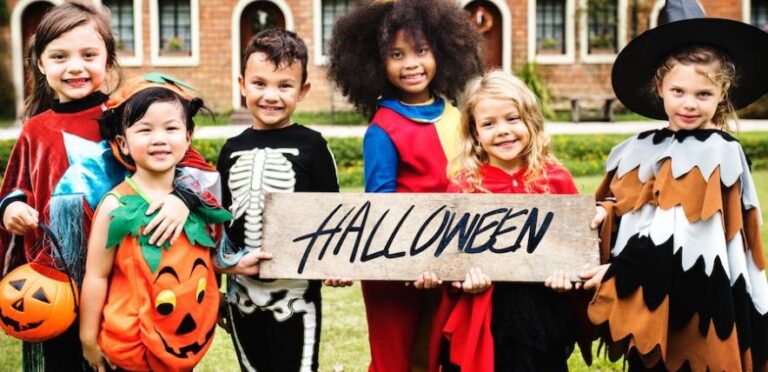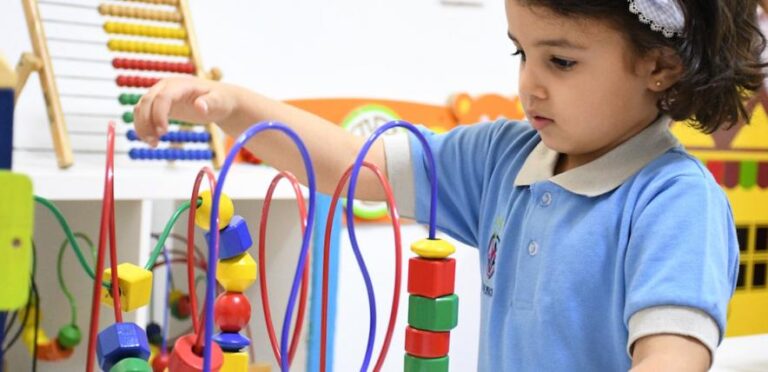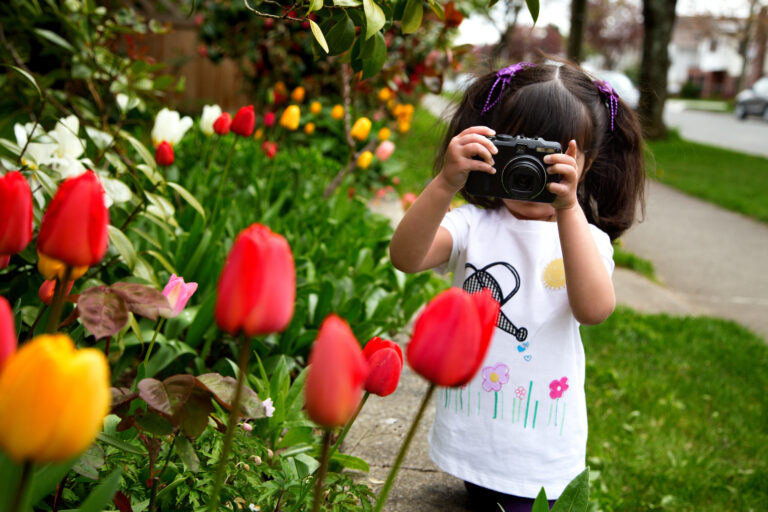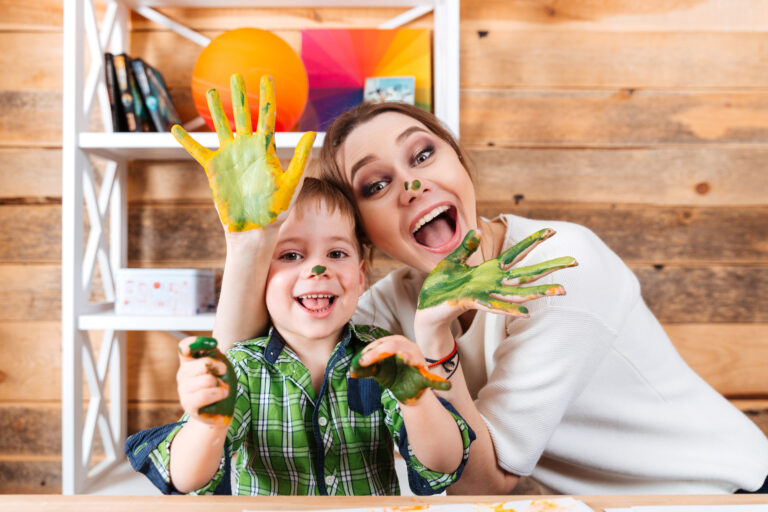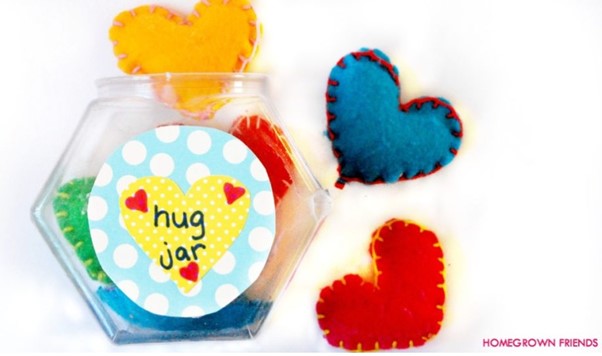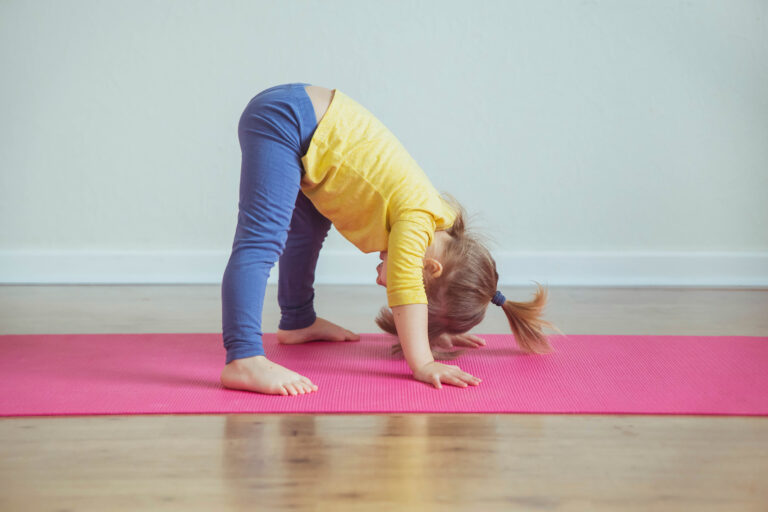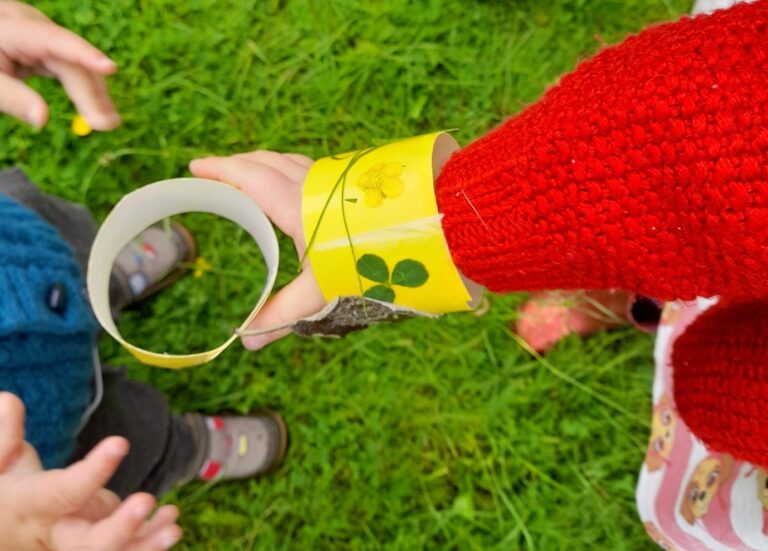How can we have a more wholesome Halloween? Is it even possible?
Over the last decade Halloween has become a major commercial event with children enjoying parties, fancy dress and an expectation that “trick or treating” will result in a huge stash of sweets and chocolates.
But what to do if you hate the consumerist excess of Halloween but your children are set on joining in?
We’ve got some tips to make the whole thing a little less haunting daunting…
How do I make sure my child’s costume is safe?
Many dressing-up costumes are made from cheap materials, usually 100% polyester which is flammable.
The costumes often contain lots of open weave netting with trailing ribbons and trims — all of which contributes to their combustibility.
Children’s dressing up costumes are marketed as toys and do not have to meet the rigorous safety standards imposed on children’s clothing.
With this is mind, it is essential that if you have excitable young children wearing shop-bought costumes like this, then make sure they stay well away from candles or bonfires. And don’t use real candles in your own home — use LED ones instead.
Even better is not to buy from the supermarket or websites and get creative and make something yourself from children’s old clothes. Children’s clothing has to meet more stringent safety standards than costumes so if you make something yourself you’ll have a costume that’s safer and more environmentally-friendly too.
My child is scared of Halloween. What can I tell them to put their mind at ease?
Katie Wright-Smith, a nursery teacher from the Midlands, admits she was stumped when children in her early years setting began to ask some pretty intense questions about Halloween and what it all meant.
“We had a little Halloween party at school and I just assumed they’d want to dress up and play at being scary, but some of them had given it a bit of thought,” she said. “They wanted to know what it all about and I hadn’t really thought about how best to broach it.”
Katie said she explained in simple terms that Halloween was the day before All Saints’ Day, which was a special day for Christians when people thought about friends and relatives who had died.
“Some of the children had lost grandparents or other people in their lives, so this made some sense,” she said. “I also told them that for some people it marked the beginning of winter.
“I read up on why people trick and treat and discovered that one theory is that Christians went from door to door asking for cakes in return for prayers. At the same time, people dressed up as ghouls and witches because they believed that the dead were among them and wanted to fit in.
“Obviously, broaching these subjects should depend on the age of the children and their understanding, as younger children might feel frightened or traumatised by stories of ghosts walking among them. Assuring them that these are just stories that have been passed down over the years, and are not real, takes away some of the fear factor.”
How can I avoid all the sweets and chocolates?
The easiest way of course to avoid the sweets is to not go trick or treating at all. But if your child is insistent they want to join in, then persuade them to be a Halloween helper who can help to hand out sweets to visiting trick or treaters.
You and your child could dress up and be ready and poised with a tub of sweets for trick or treaters and then your child could get a handful of sweets or chocolates as a reward for being such a good helper.
Staying in to answer the door to trick and treaters can be equally as enjoyable – and a welcome respite from being outside in the cold.
If you don’t want to contribute to all the excessive sweet consumption or at least offer an alternative, choose some healthy snacks and market them as Halloween spoils.
“We have one or two children who either don’t like sweets or aren’t allowed to have them, so we provided little bags of grapes and labelled them as “spider eggs”,” Katie said.
“Some of the children cut out eyes and mouth shapes using black sticky paper and stuck them on mandarin oranges to make them look like miniature pumpkins.”
Playing a traditional game like apple bobbing is fun with a healthy prize at the end.
Have a quiet night in
It has become usual practice to put some decorations outside the house or a lit pumpkin outside or in the front window to show that a call from trick or treaters is welcome.
So if you don’t want to be disturbed by trick or treaters because your children go to bed early, don’t use any decorations or alternatively leave a pumpkin outside the house with a bucket of treats and a message inviting callers to not ring the bell and just help themselves.
Wishing you a happy, healthy Halloween!
Written by Dorothy Lepowska-Hudson

